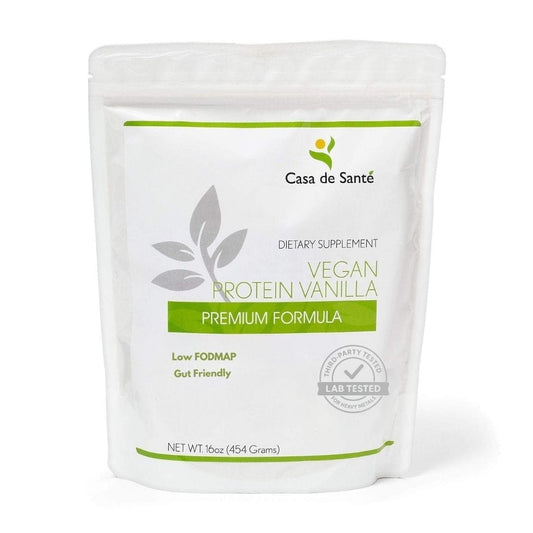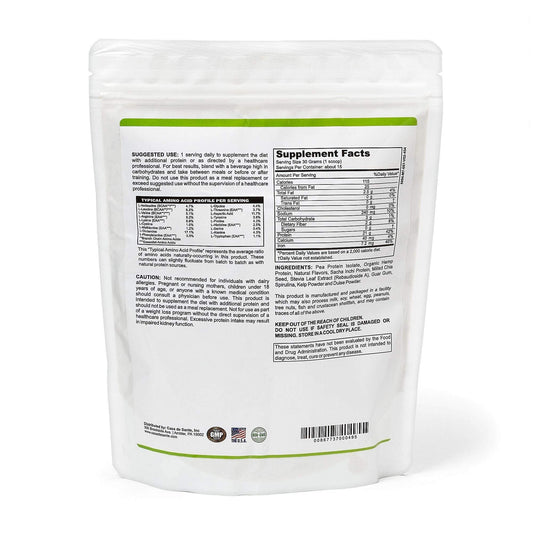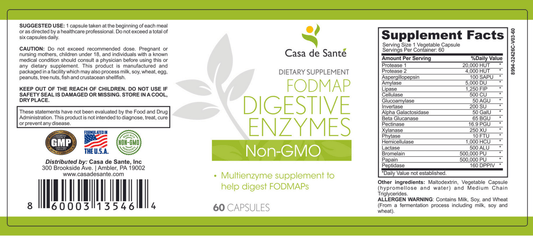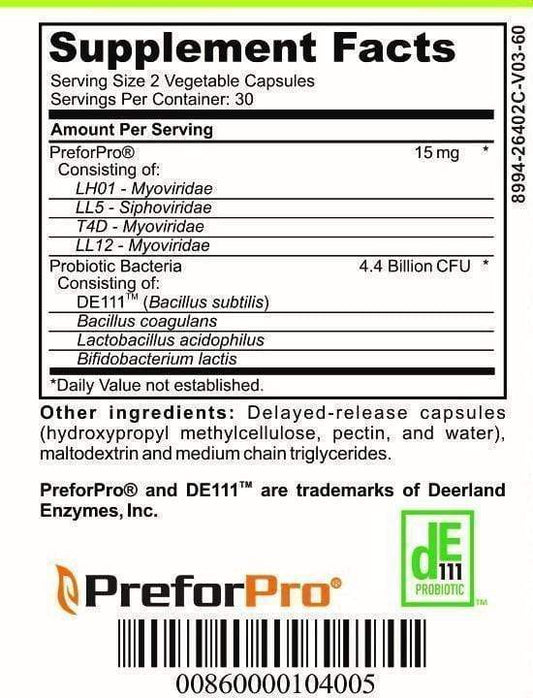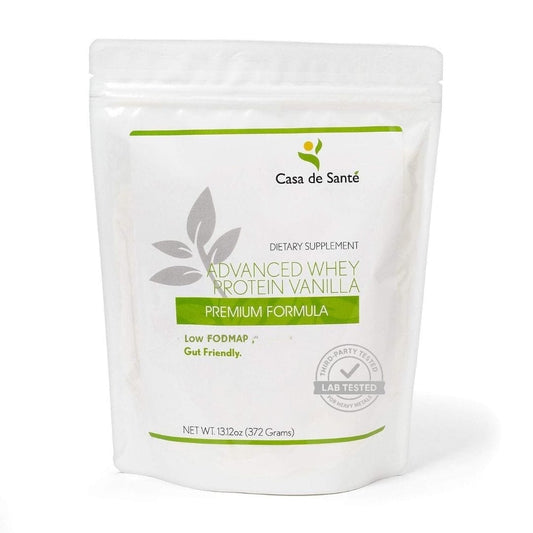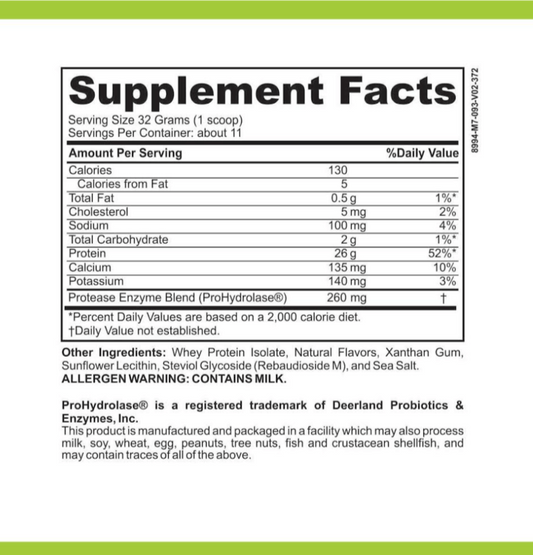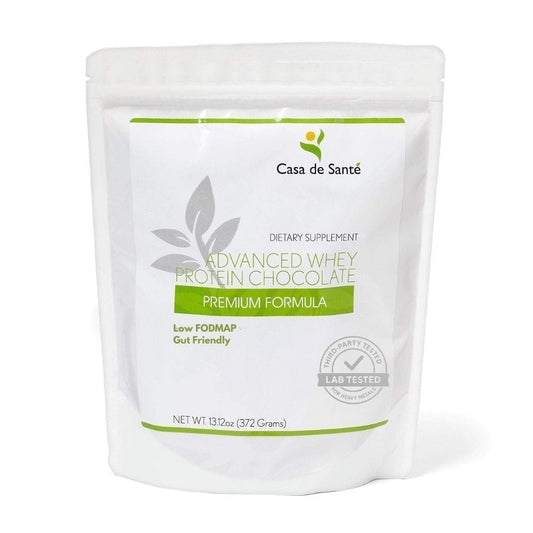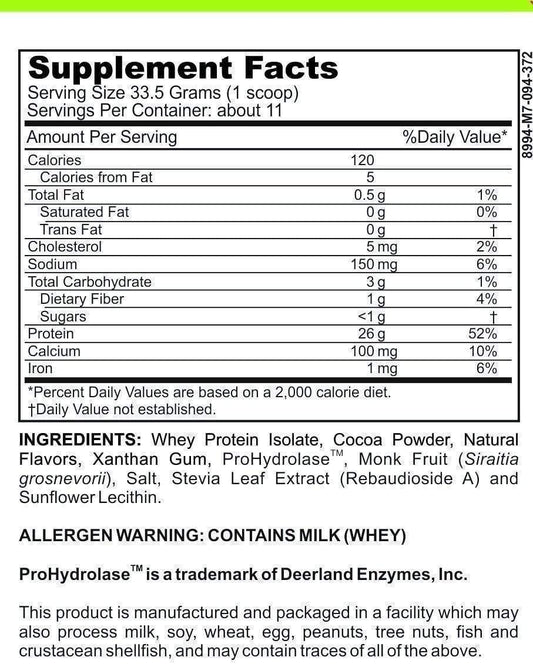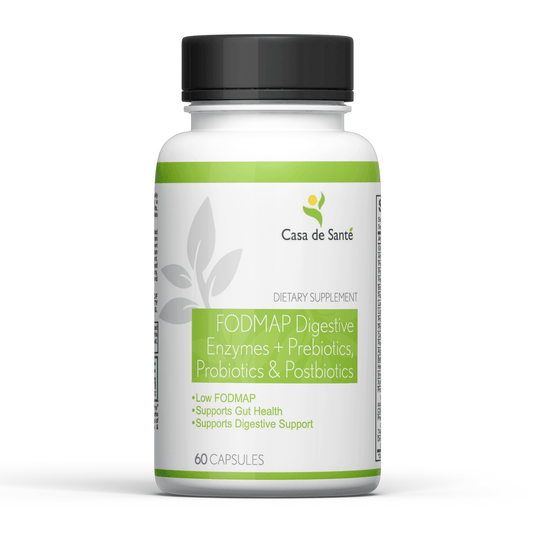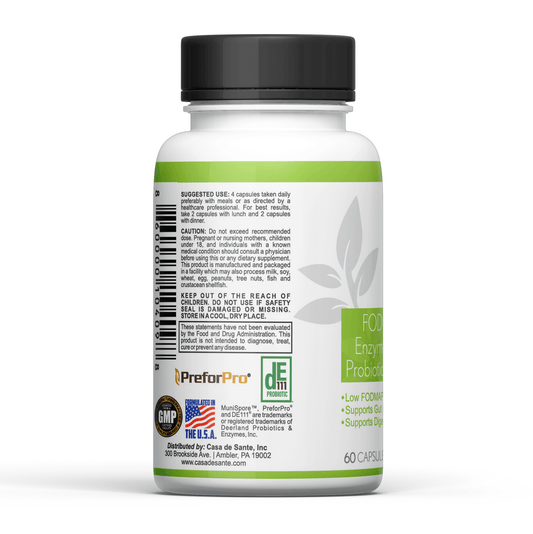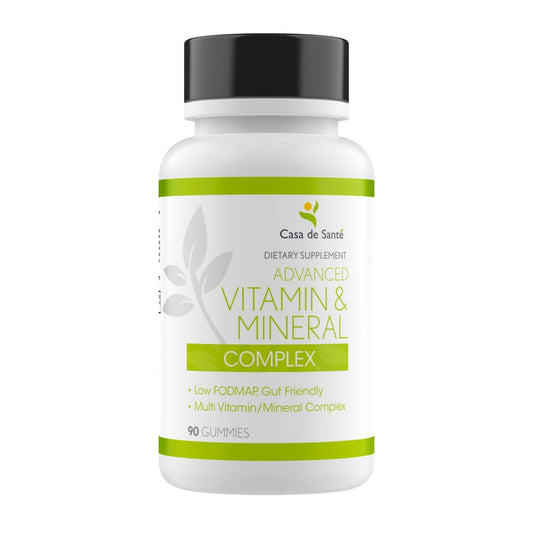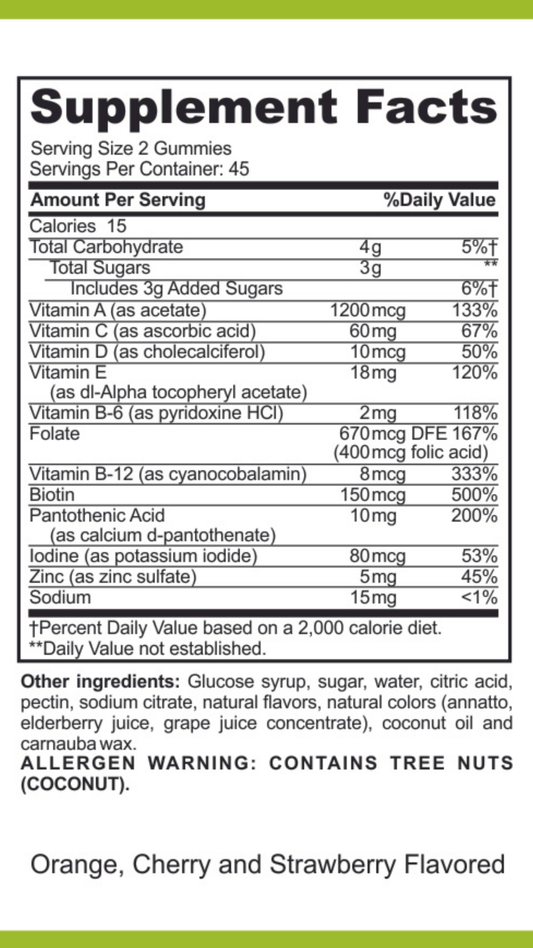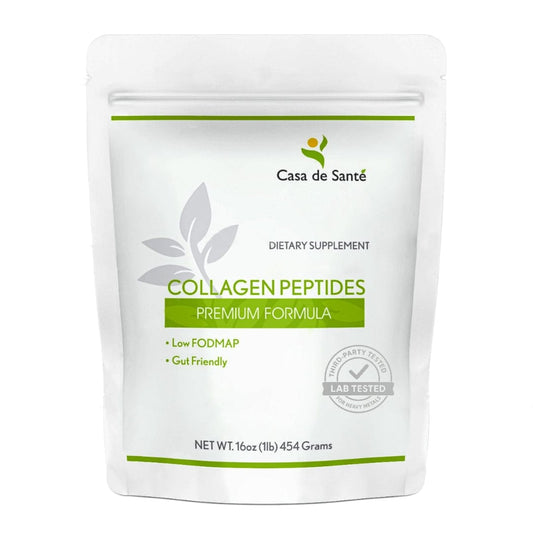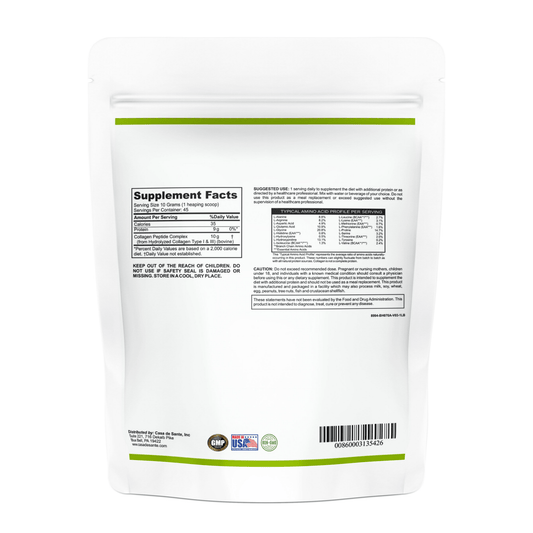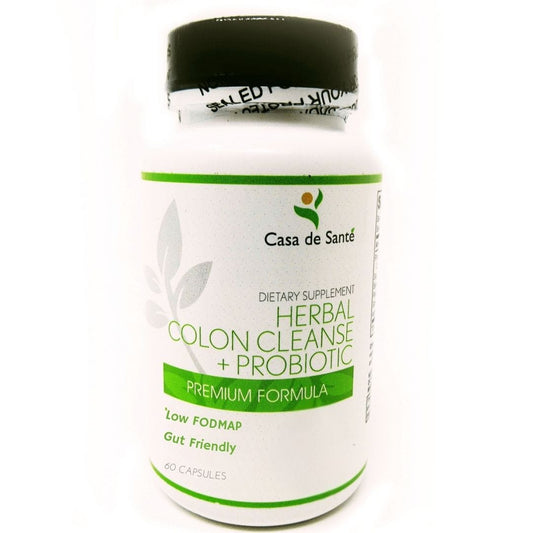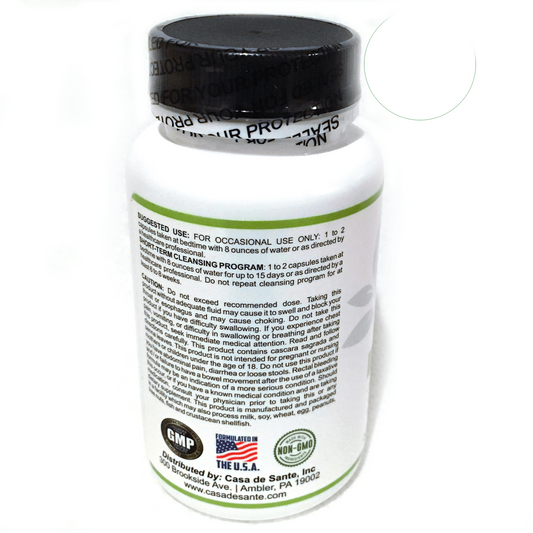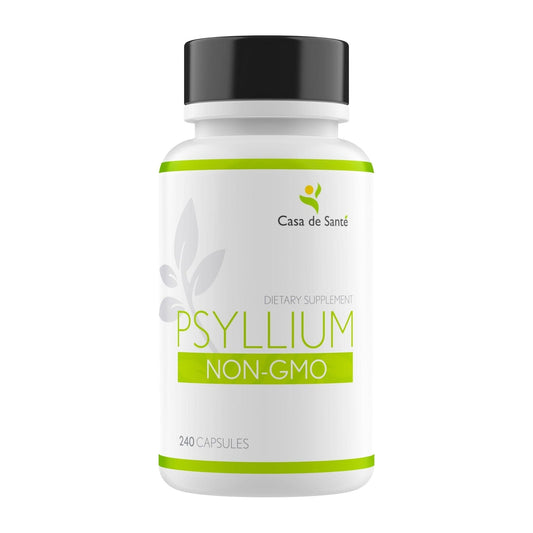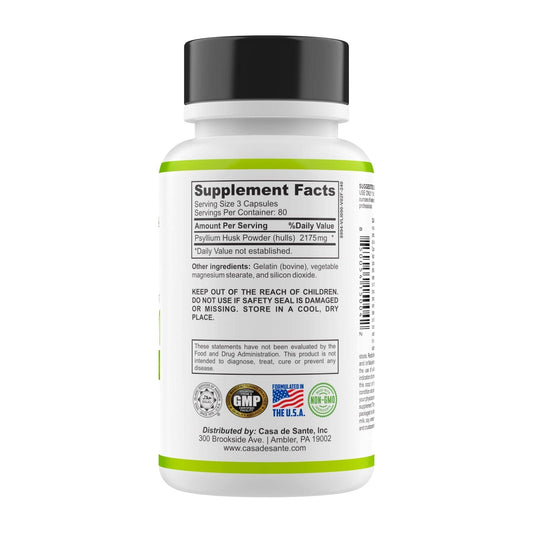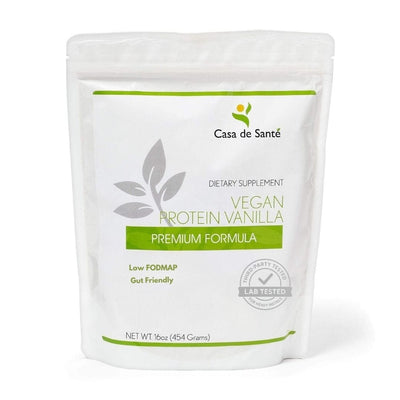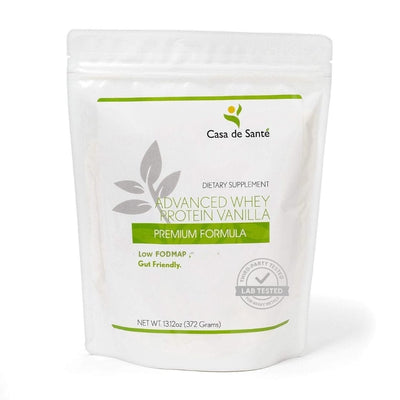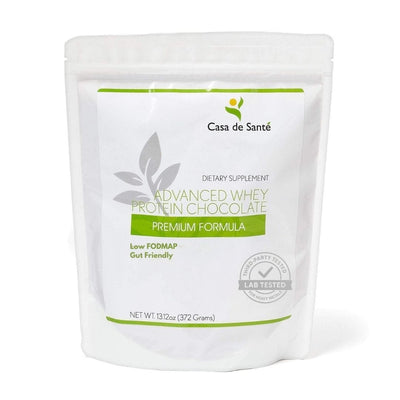Coconut Flour Vs Teff Flour
Coconut Flour Vs Teff Flour
Coconut flour and teff flour are two popular alternatives to traditional wheat flour. Both flours have gained popularity in recent years due to their unique characteristics and health benefits. In this article, we will explore the differences between coconut flour and teff flour, including their nutritional profiles, origins, flavors, textures, gluten-free options, health benefits, cooking and baking uses, allergies and sensitivities, price comparison, sustainability, availability and accessibility, expert opinions, tips for substitution, traditional uses in different cultures, popular recipes, and storage tips. So, let's dive in and discover all there is to know about coconut flour and teff flour.
Introduction to Coconut Flour and Teff Flour
Coconut flour is made from the dried and ground meat of coconuts. It is rich in fiber and healthy fats, making it a popular choice for those following a low-carb or gluten-free diet. On the other hand, teff flour is derived from the small grain known as teff, which is native to Ethiopia. It is a nutrient-dense flour that offers a wide range of vitamins, minerals, and antioxidants. Both coconut flour and teff flour are known for their unique flavors and textures, which can greatly enhance the taste and consistency of various dishes.
Nutritional Comparison: Coconut Flour Vs Teff Flour
When it comes to nutritional value, coconut flour and teff flour offer distinct benefits. Coconut flour is high in fiber, providing around 5 grams per serving. It is also a good source of protein and healthy fats. On the other hand, teff flour boasts an impressive nutrient profile, containing notable amounts of iron, calcium, and B vitamins. Additionally, teff flour is a great source of resistant starch, which acts as a prebiotic and promotes a healthy gut. Both flours are also low in sugar and cholesterol-free, making them excellent choices for individuals with dietary restrictions or health concerns.
Origins and History of Coconut Flour and Teff Flour
Coconut flour has been used for centuries in traditional Asian and tropical cuisines. It has long been a staple ingredient in dishes such as curries, sweets, and breads. In recent years, the popularity of coconut flour has skyrocketed among health-conscious individuals looking for gluten-free alternatives. On the other hand, teff flour has a rich history in Ethiopia, where it has been a dietary staple for centuries. Teff flour is the main ingredient in the Ethiopian flatbread known as injera, which is widely enjoyed both in Ethiopia and around the world. The fascinating origins and cultural significance of both flours add an interesting dimension to their usage in modern cooking and baking.
Flavor Profile: Coconut Flour Vs Teff Flour
The flavor profiles of coconut flour and teff flour differ significantly. Coconut flour has a subtly sweet and nutty taste, adding depth and richness to baked goods. It lends a distinctive tropical aroma that can transport you to a sunny beach with just one bite. On the other hand, teff flour has a mild and earthy flavor, with slightly nutty undertones. Its unique taste enhances the overall flavor profile of dishes, making teff flour a versatile ingredient that can be used in both sweet and savory recipes.
Texture and Consistency: Coconut Flour Vs Teff Flour
Texture and consistency are important factors to consider when using coconut flour or teff flour in your culinary creations. Coconut flour has a fine and airy texture, but it is highly absorbent, requiring more liquid compared to traditional flours. This can lead to a drier and denser final product if not properly adjusted. On the other hand, teff flour has a slightly gritty texture, which is desirable for certain recipes such as bread and pancakes. It contributes to a pleasant mouthfeel and adds a delightful crunch to baked goods.
Gluten-Free Options: Coconut Flour Vs Teff Flour
Coconut flour and teff flour are both excellent gluten-free alternatives for individuals with celiac disease or gluten sensitivities. Coconut flour is naturally gluten-free, making it a safe choice for those who must strictly avoid gluten. Additionally, teff flour is also gluten-free, providing an ideal option for individuals looking for a diverse range of gluten-free flours. Incorporating coconut flour or teff flour into your recipes allows you to enjoy delicious gluten-free dishes without compromising on taste or texture.
Health Benefits of Coconut Flour and Teff Flour
Beyond their unique flavors and textures, both coconut flour and teff flour offer a plethora of health benefits. Coconut flour is an excellent source of dietary fiber, aiding in digestion and promoting feelings of fullness. It also contains medium-chain triglycerides (MCTs), which are a type of healthy fat that can support brain function and boost energy levels. Similarly, teff flour is packed with nutrients such as iron, calcium, and B vitamins. These essential minerals contribute to the proper functioning of the body and support overall well-being. Additionally, the resistant starch present in teff flour acts as a prebiotic, nourishing the gut microbiome and promoting a healthy digestive system.
Cooking and Baking with Coconut Flour and Teff Flour
Coconut flour and teff flour can be incorporated into a variety of culinary creations, ranging from savory to sweet dishes. Coconut flour is particularly well-suited for baking, where its ability to absorb moisture results in moist and flavorful treats such as cookies, cakes, and muffins. It can also be used to bread meats or vegetables for a crispy and gluten-free coating. On the other hand, teff flour shines in bread recipes, adding a delightful nutty flavor and dense texture. It can also be used to make pancakes, waffles, and even pasta. The versatility of both flours allows for endless experimentation in the kitchen.
Using Coconut Flour and Teff Flour in Different Recipes
Coconut flour and teff flour can be swapped for traditional flours in various recipes to create healthier and gluten-free alternatives. Coconut flour works well in recipes that call for a small amount of flour, as it is highly absorbent and a little goes a long way. It is often used in combination with other gluten-free flours to achieve the desired texture and rise in baked goods. Teff flour, on the other hand, can be used in larger quantities due to its denser nature. It adds a distinct flavor and nutritional boost to bread, muffin, and pancake recipes. The possibilities are endless when it comes to incorporating these unique flours into your favorite dishes.
Allergies and Sensitivities: Coconut Flour Vs Teff Flour
Coconut flour and teff flour are suitable for individuals with various dietary restrictions and allergies. Coconut flour is naturally free of gluten, nuts, and soy, making it an excellent choice for those with Celiac disease or common food allergies. However, it is important to note that coconut is a tree nut, and individuals with coconut allergies should exercise caution when using coconut flour. Teff flour, on the other hand, is generally safe for individuals with allergies or sensitivities to common allergens such as gluten, nuts, and soy. As always, it is recommended to carefully read product labels and consult with medical professionals if you have specific dietary concerns.
Price Comparison: Coconut Flour Vs Teff Flour
Price is often a deciding factor when choosing between different ingredients. Coconut flour tends to be more affordable compared to teff flour, primarily due to the availability of coconuts in tropical regions. Coconut flour can be found at most grocery stores or purchased online at a reasonable price. On the other hand, teff flour is relatively more expensive, as it is an imported specialty flour. However, the unique flavors and nutritional benefits of teff flour make it an investment worth considering for those who enjoy experimenting with new ingredients and flavors.
Sustainability of Coconut and Teff Production
Sustainability is an important consideration when it comes to choosing ingredients that are kind to both the environment and local communities. Coconut production is generally considered sustainable, as coconuts are grown organically and require minimal synthetic inputs. Moreover, coconut trees are versatile and can be used for various purposes, including the production of coconut oil and coconut water. On the other hand, teff production has its challenges in terms of sustainability. The grain is primarily grown in Ethiopia, where it plays a significant role in the country's food security. However, increasing global demand for teff has led to concerns about sustainable farming practices and fair trade. It is essential to support responsible teff production to ensure the long-term well-being of both the environment and local communities.
Availability and Accessibility of Coconut and Teff Flours
Availability and accessibility are key factors for individuals seeking alternatives to traditional flours. Coconut flour is widely available at most grocery stores and can also be purchased online. It is easily accessible to individuals living in both urban and rural areas. Teff flour, on the other hand, may be more difficult to find in local grocery stores, especially outside of major cities. However, it can be purchased from specialty health food stores or online retailers. It is important to note that while both flours may require some effort to obtain, their growing popularity has made them increasingly accessible to a wider audience.
Expert Opinions on Using Coconut and Teff Flours in Cooking
Expert opinions provide valuable insights into the usage and benefits of coconut flour and teff flour. Renowned chefs and nutritionists often recommend incorporating coconut flour into gluten-free recipes due to its nutritional value and unique flavor profile. It brings a delightful sweetness and richness to baked goods while adding a boost of fiber and healthy fats. Similarly, teff flour is highly regarded for its versatility and nutritional benefits. It is praised for its high mineral content and its ability to create gluten-free baked goods with a pleasant texture and taste. Experts often encourage individuals to experiment with both flours and discover the endless culinary possibilities.
Tips for Substituting Regular Flours with Coconut or Teff Flours
When substituting regular flours with coconut flour or teff flour, it is essential to consider the differences in absorbency and texture. Since coconut flour absorbs more liquid than traditional flours, it is recommended to use less coconut flour to avoid a dry or crumbly result. It is also advisable to increase the number of eggs or other binding agents in the recipe to ensure proper moisture and cohesion. Teff flour, on the other hand, can be used in a 1:1 ratio as a substitute for other flours. However, as it has a more distinct flavor, it is best to start with smaller quantities and gradually increase to suit personal taste preferences. Experimentation and adaptation are key when substituting regular flours with coconut flour or teff flour.
Exploring Traditional Uses of Coconut and Teff Flours in Different Cultures
Coconut flour and teff flour have been integral ingredients in traditional cuisines around the world for centuries. In tropical regions, coconut flour has long been used in a range of dishes, including curries, cakes, and sweets. It adds a unique flavor and texture that complement the tropical ingredients commonly found in these cuisines. Teff flour is deeply rooted in Ethiopian culture and is a key component of injera, the country's staple bread. Injera is a versatile flatbread that is widely enjoyed both in Ethiopia and throughout the diaspora. Exploring the traditional uses of coconut and teff flours provides a fascinating insight into different cultures and their culinary heritage.
Popular Recipes featuring Coconut or Teff Flours
Coconut flour and teff flour open up a world of delightful recipes that cater to various dietary preferences and restrictions. Some popular recipes featuring coconut flour include coconut flour pancakes, coconut flour chocolate chip cookies, and coconut flour banana bread. These recipes offer a delicious twist on traditional favorites while providing the added nutritional benefits of coconut flour. As for teff flour, it shines in recipes for injera, teff brownies, and teff tortillas. These recipes showcase the incredible versatility of teff flour and its ability to create unique and flavorful dishes.
Storage Tips for Keeping Coconut or Teff Flours Fresh
Proper storage is crucial for maintaining the freshness and quality of coconut or teff flours. Both flours should be stored in airtight containers in a cool and dry place, away from moisture and direct sunlight. It is advisable to use the flours within six months to ensure optimal taste and texture. To extend their shelf life, coconut flour and teff flour can also be stored in the refrigerator or freezer. However, it is important to allow the flours to come to room temperature before using them to avoid any changes in consistency. By following these storage tips, you can enjoy the benefits and flavors of coconut or teff flour in your recipes for an extended period.
In conclusion, coconut flour and teff flour are both versatile alternatives to traditional flours that offer unique flavors, textures, and health benefits. Understanding their nutritional profiles, origins, flavors, textures, and various uses allows you to make informed decisions when incorporating coconut or teff flour into your cooking and baking endeavors. Whether you are looking for a gluten-free option, a nutrient-dense alternative, or a flavorful addition to your recipes, coconut flour and teff flour are exciting options to explore. So, go ahead and embark on a culinary adventure with these wonderful flours and discover the endless possibilities waiting to be discovered in your kitchen.

